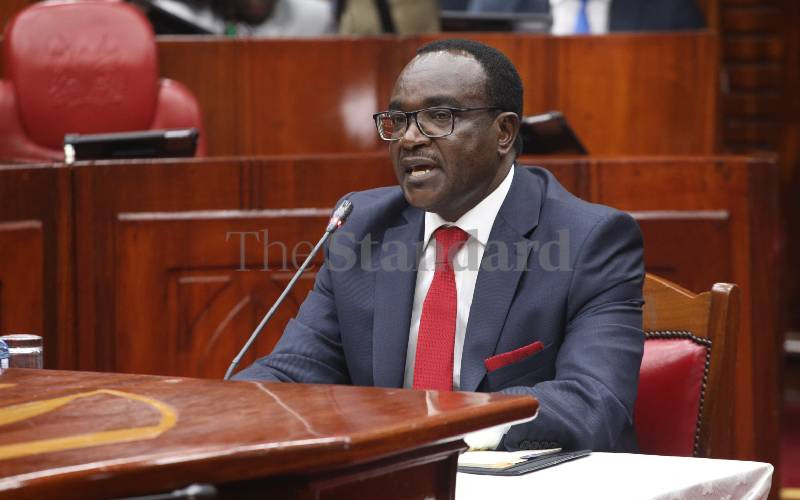×
The Standard e-Paper
Kenya's Bold Newspaper

It is now emerging that the tool used to classify students for university funding is facing limitations that could have resulted to wrong grouping of some students.
On Tuesday, the Ministry of Education indicated that about five per cent of the 113,000 students placed to university under the government funding program were wrongly classified.







